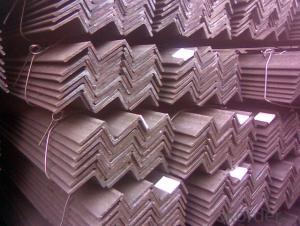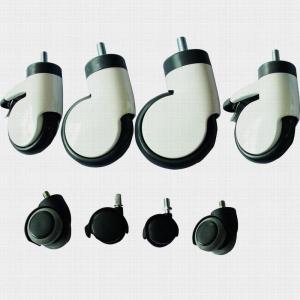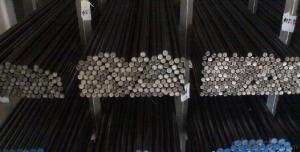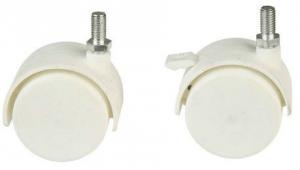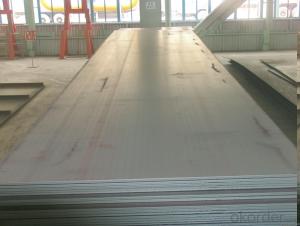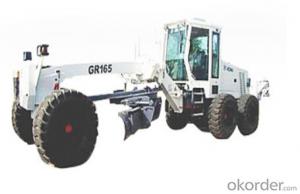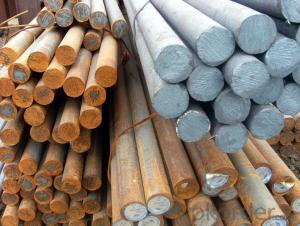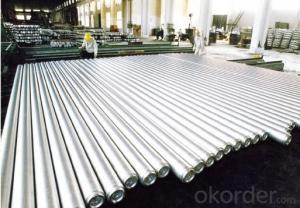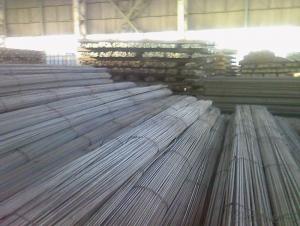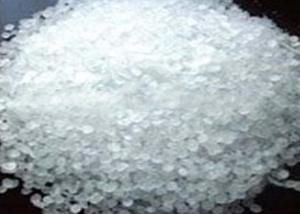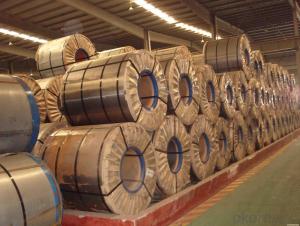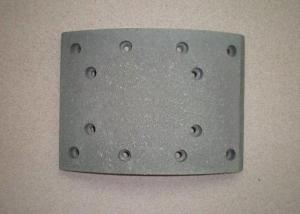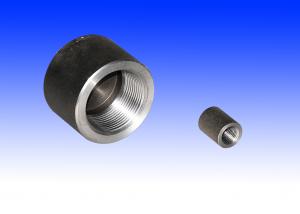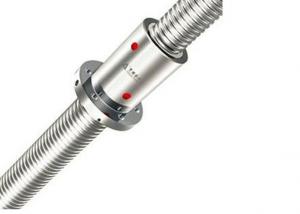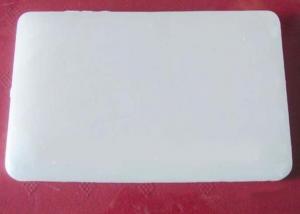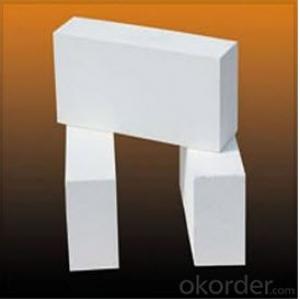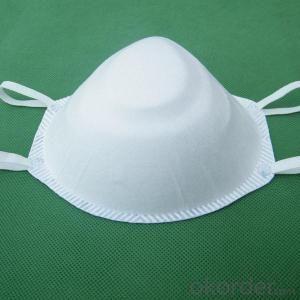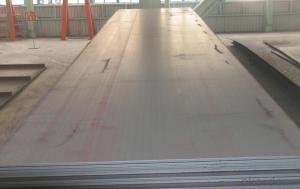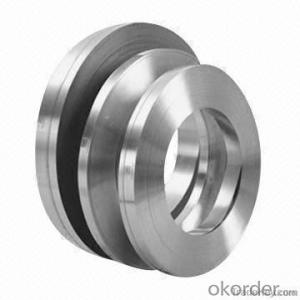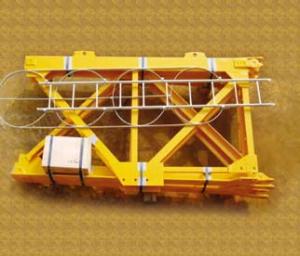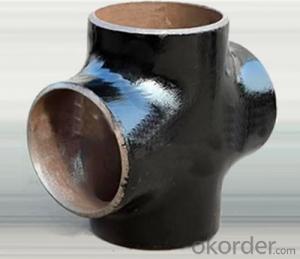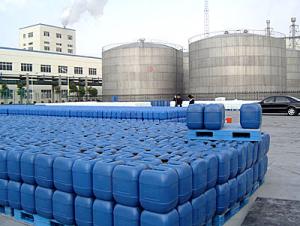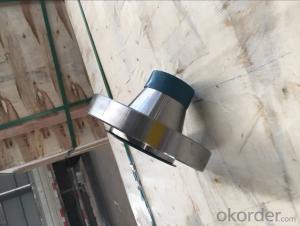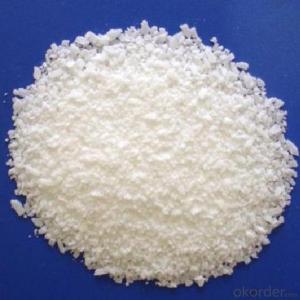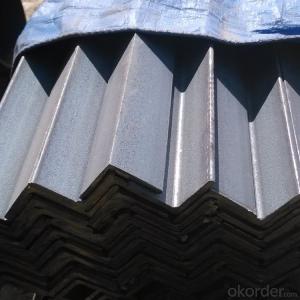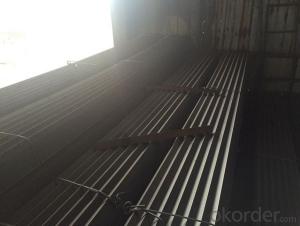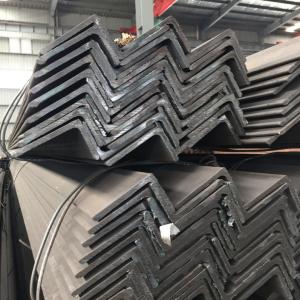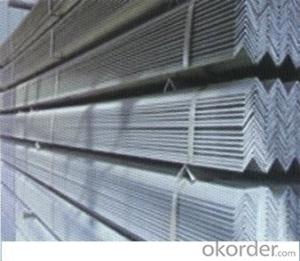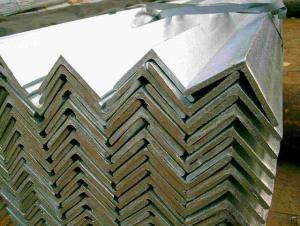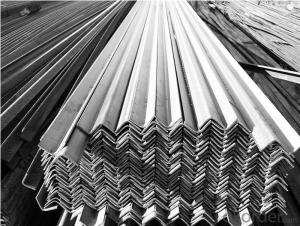Astm A536 Grade 65 45 12
Astm A536 Grade 65 45 12 Related Searches
Astm C494 Astm C1072 Aisi 1045 Carbon SteelAstm A536 Grade 65 45 12 Supplier & Manufacturer from China
Astm A536 Grade 65 45 12 refers to a specific type of cast iron material that is widely recognized for its excellent mechanical properties and durability. This grade of cast iron is known for its high strength and wear resistance, making it suitable for a variety of applications. The product is manufactured to meet the stringent standards set by the American Society for Testing and Materials (ASTM), ensuring that it possesses the desired characteristics for various industrial uses.Astm A536 Grade 65 45 12 is commonly used in the production of heavy-duty components and machinery parts that are subjected to high levels of stress and wear. Its superior strength and toughness make it an ideal choice for applications such as engine blocks, cylinder heads, and other critical components in the automotive and heavy machinery industries. Additionally, this grade of cast iron is also utilized in the manufacturing of pipes, valves, and fittings for the oil and gas sector, as well as in the construction of various types of machinery and equipment.
Okorder.com is a leading wholesale supplier of Astm A536 Grade 65 45 12, offering a vast inventory of this high-quality cast iron material to cater to the needs of various industries. With their extensive stock, customers can rely on Okorder.com to provide the necessary materials for their projects in a timely and efficient manner. By partnering with Okorder.com, businesses can ensure that they have access to the best quality Astm A536 Grade 65 45 12, enabling them to manufacture reliable and durable products that meet the highest industry standards.
Hot Products
